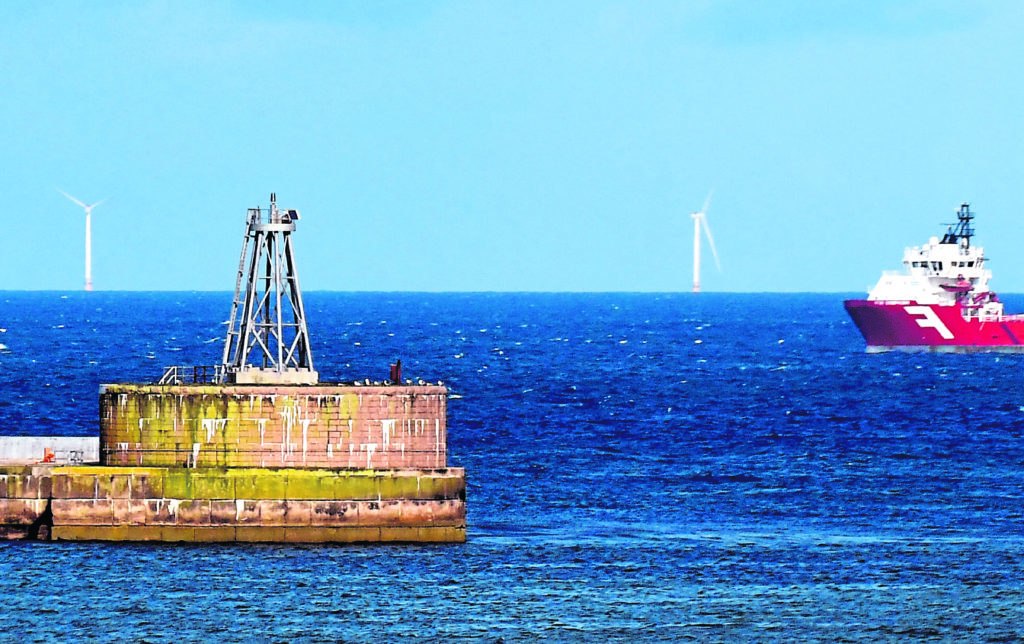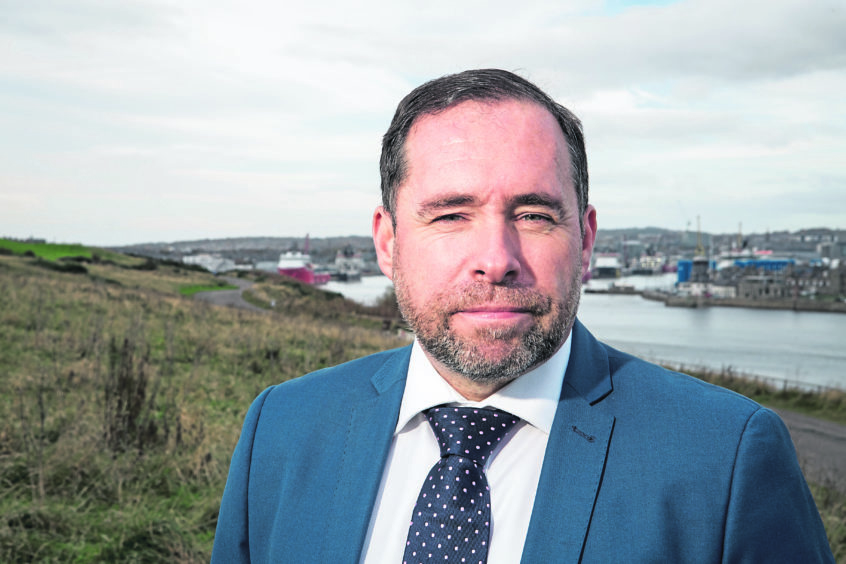
News that more floating wind turbines will be moved outside the UK for maintenance shows the importance of timely port funding, a panel of wind sector leaders has heard.
The continued towing of turbines across the North Sea represents a “lost opportunity” for the local supply chain, according to a panel of sector experts convened at Scottish Renewables’ Offshore Wind Conference on Glasgow.
It comes as the industry awaits the results of a key Westminster funding package to kickstart investment.
Announced in 2021, the UK Government set aside up to £160 million in grant funding for potential investments as part of the Floating Offshore Wind Manufacturing Investment Scheme (FLOWMIS), aimed at supporting critical port infrastructure.
Applications for the scheme opened last year, with Sarah Redwood, director of renewable electricity at the Department for Energy Security and Net-Zero (DESNZ) telling the event this week that an update on the status of recipients was now due “imminently”.
“We’ll be letting applicants know whether they’re on the primary list or the reserve list and if they’re being taken forward to due diligence,” she said.
“We know it’s absolutely critical so you can get on with making decisions.”
It comes after Scottish First Minister Humza Yousaf suggested port infrastructure would play a crucial role in the three initial projects selected for the second stage of the Scottish Government’s Strategic Investment Model (SIM), further details of which will be released at the end of February.
Hy hopes
The urgent need for local ports capable of building, launching and maintaining floating turbines was thrust into the spotlight in the last week, after Equinor announced its five Hywind Scotland turbines would be taken back to Norway this summer for several months of maintenance.
Scottish Enterprise’s head of low carbon energy, David Rennie, said the Hywind news had given him a “shiver”.
“Will FLOWMIS deliver? We don’t really have an alternative, it has to deliver,” he told the panel.
“When you wake up to headlines that say we’re towing things across the North Sea…I know we can’t do it right now but frankly it gives me a bit of a shiver, so we have to get to a position where that doesn’t happen or at least happens less often.
“It has to deliver because if we don’t we’re just going to continue to see those headlines, and the headlines are bad enough – but the lost opportunity is even worse.”
The move speaks to a longstanding issue around the UK’s floating wind capabilities, after the nearby Kincardine wind farm was also towed to Rotterdam for work last year due to a lack of domestic capacity.
Global Maritime, which secured the contract to unhook and move the Hywind units, has said its aim is to have all five turbines back to full operation by the end of summer this year.
Hywind maintenance shows chicken-egg problem
Also speaking in the panel was Lars Meckenstock, SVP for commercial offshore wind at Masdar – which owns a quarter share of the 30MW Hywind project, along with operator Equinor (75%).
Mr Meckenstock said he wouldn’t go into technical details regarding the problems, but that he didn’t think the issues were specific to floating turbines over fixed.
However, he noted that towing equipment across the North Sea instead of nearby facilities pointed to a wider “chicken-egg problem” across the basin, and highlighted the overarching challenge of integrated approach to infrastructure and the supply chain.
Yet Ms Redwood pressed the “huge appetite for investment” in ports from both industry and governments north and south of the border.
“We want to see it happen here in the UK because we know it’s critical to deployment,” she added.
Recommended for you

